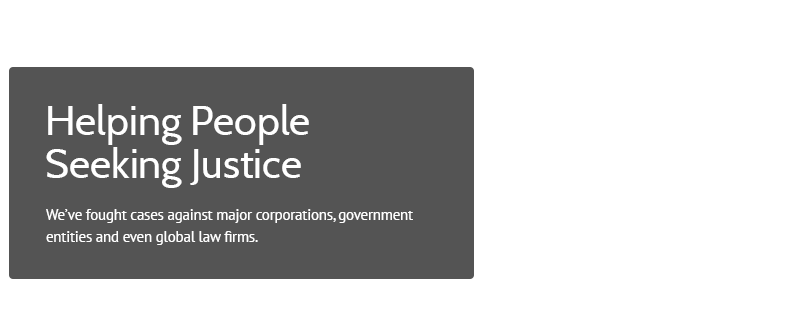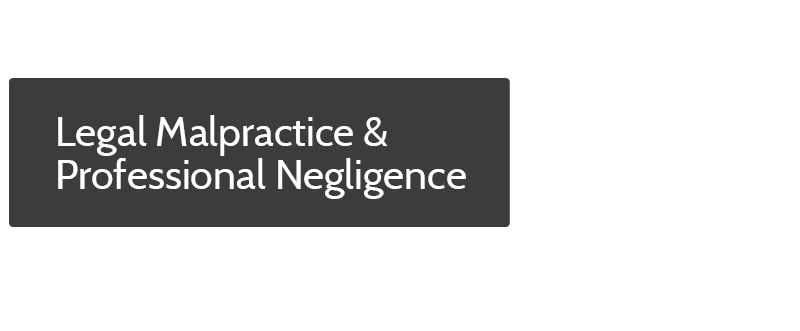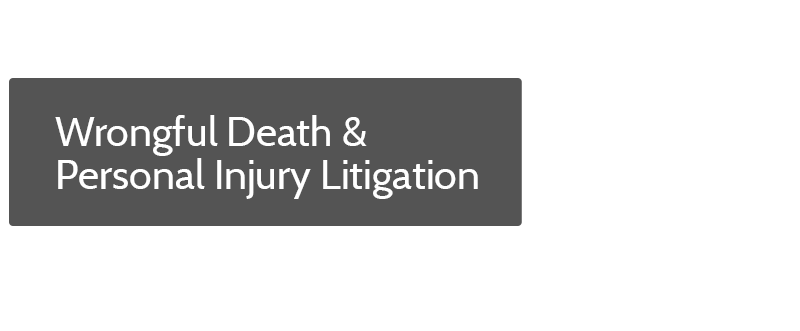Are You Protected Against Underinsured Motorists?
This week, we’re taking a break from the usual topics to take a look at the issues surrounding uninsured and underinsured motorists.
Too many drivers fail to consider the consequences of having an accident with an uninsured (or underinsured) driver. Fortunately, many of those consequences are avoidable–if you purchase and maintain the right insurance.
WHAT IS AN UNINSURED–OR UNDERINSURED–MOTORIST?
The most common definition of “Uninsured Motorist” is exactly what it sounds like: a person who operates a motor vehicle without (or without the legally mandated type and amount of) insurance.
Uninsured motorist coverage (generally) applies in the following circumstances:
1. Situations where a driver operates a motor vehicle with no or legally insufficient insurance.
2. Accidents involving stolen cars. Stolen vehicles are considered “uninsured” from the time the theft occurs.
3. Hit-and-run situations, and accidents when a driver leaves false information (or refuses to give information) at the time of the accident. It’s important to note that “hit and run” rules generally apply only when the impacted driver did not obtain a valid license plate number or identifying information through which the insurance company (or police) can track down the hit-and-run driver.
These situations are considered “uninsured motorist” accidents because the insurance company has no way to determine the amount and type of coverage the missing driver may have possessed at the time of the accident. In California, the property damage portion of a hit-and-run accident (where the responsible driver can’t be identified) may be covered by the impacted driver’s collision coverage — but check your policy because terms and conditions vary.
WHAT IS UNINSURED (OR UNDERINSURED) MOTORIST INSURANCE?
In many states, “uninsured motorist” coverage addresses both uninsured and underinsured motorist situations. However, it’s important to make sure you know your policy, and what it covers, because terms and conditions vary widely from state to state and with different insurers.
As a general rule, uninsured motorist coverage is designed to cover expenses relating to personal injuries suffered in an accident where the responsible driver did not have insurance coverage. This may be because the driver lacked insurance entirely, or because the driver’s policy did not cover bodily injury (and/or property damage). Uninsured motorist coverage doesn’t apply to situations where the uninsured motorist was not at fault for the accident.
Damages covered may include: hospital bills and other medical costs, lost wages, and other documented costs associated with injuries incurred in the relevant accident, as well as property damage.
Underinsured motorist coverage (sometimes called “supplementary underinsured motorist coverage”) covers the same types of damage and injuries as uninsured motorist coverage. In fact, in many states, uninsured motorist coverage also includes protection for underinsured motorist situations. But check your policy carefully–and don’t assume that it covers both.
WHY DO I NEED COVERAGE FOR BOTH UNINSURED AND UNDERINSURED MOTORISTS?
Many drivers recognize the danger associated with uninsured motorists and include that coverage in their insurance policies. Unfortunately, people often overlook the dangers of underinsurance. Drivers who maintain only the minimum coverage required by law may not have sufficient insurance to pay for damages they cause to expensive automobiles–or even mid-range ones, given the current price of the average car on the roads. Minimum insurance may also prove insufficient to cover personal injuries, lost wages, and other costs associated with even relatively minor accidents. People who maintain only minimum insurance often lack significant assets, rendering them “judgment proof” in situations where the harm they cause exceeds the amount of their insurance coverage.
If you are struck by an uninsured or underinsured motorist, would your insurance supplement–or cover–the damages to you, your vehicle, and your passengers? If not, both you and your passengers may find yourselves forced to bear the cost of someone else’s fault.
***
Check your insurance policy carefully, and talk with a licensed insurance agent, to make sure you have appropriate levels of auto and other insurance. Do not rely on this article, or any general online source, to evaluate your personal legal needs, liabilities, and insurance coverage levels. Insurance policies vary widely. Read the terms and conditions of your policies carefully, as the normal rules may or may not apply to your situation.














